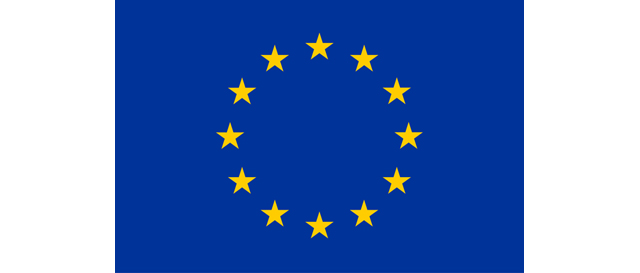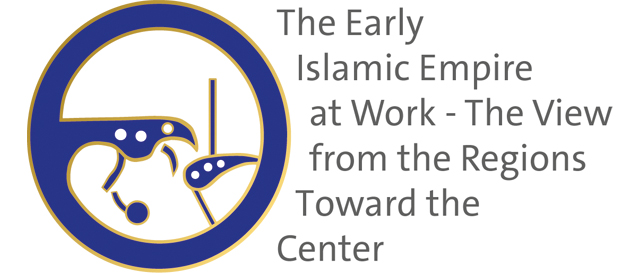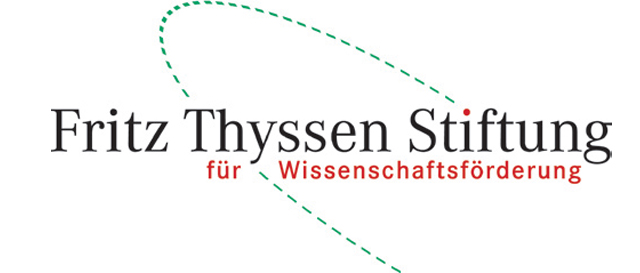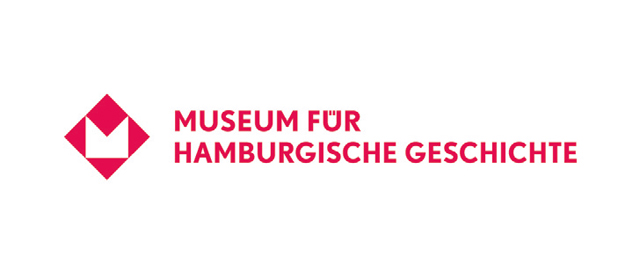Long-Distance Trade in Early Medieval Landscapes (9th-12th Centuries): New Methods and Approaches in Archaeology
Universität Hamburg, 20-21 September 2019, Edmund-Siemers-Allee 1, AS-Saal, 20146 Hamburg.
Hagit Nol organized an interdisciplinary workshop on "Long-Distance Trade in Early Medieval Landscapes (9th-12th Centuries): New Methods and Approaches in Archaeology."
Archaeology generates historical narratives through material culture. One of its merits is in sketching the economic history of sites, of regions and of mega-regions. Through physical remains it can identify networks, trade routes, hubs (centers), and production sites. An additional strength is its ability to point to changes over time. For these purposes archaeologists employ methods and sub-disciplines such as GIS mapping and network analysis, geomorphology, petrography, archaeozoology, archaeobotany and the study of textiles, along with typological studies of pottery, glass and coins. The main aim of this workshop is to present varied approaches to the distribution of goods and the distance they traveled. We would also welcome the theoretical discussion on ‘luxury goods’ and their archaeological identification in contrast to non-luxury finds (if such division is possible).
World archaeology is traditionally divided according to geography and to chronology. Thus, Northern Europe, Southern Asia and Africa are rarely studied together. Instead, research areas are often defined by the imagined territories of empires or religions, or by the territoriality of modern scholars. In reality, people and commodities traveled within and between the spatial and social dimensions that scholarly disciplines conceived. Well-known examples from our time frame include coins from the Islamic world that have been found as far afield as Denmark, and Chinese ceramics that are abundant in the Middle East and Africa. Academically, inter alia as a result of the rich body of material remains (architecture, installations, metals, pottery and glass) and of textual and artistic evidence, archaeologists of the medieval period face similar challenges and address similar questions (e.g. technologies, networks, urbanization).
This workshop therefore invited archaeologists who investigate the 9th-12th centuries in China and regions along the Silk Road, in the Levant and Africa, and in different regions in Europe. It aimed to bring these scholars together to exchange ideas, questions and solutions.
Notably, we advocate alternative interpretations and the questioning of present paradigms. As an example, fortifications and hoards are commonly associated with political insecurity, while other interpretations might be highlighted. Through this workshop and the networks it promotes, we hope to advance a better historical understanding of the period’s economy and networks, as the similarities and differences between the varied regions.
[ program ]
For further questions, please contact the organizer (nolgit[at]yahoo.com).



















